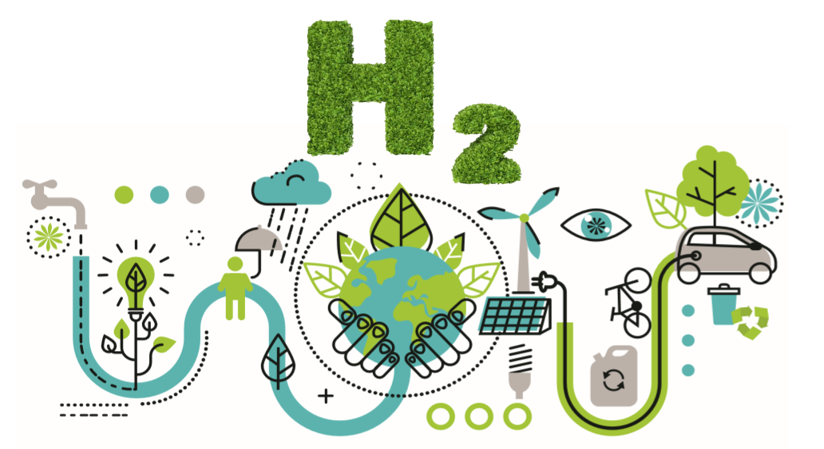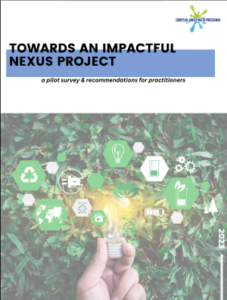… on the way to a climate-neutral Europe
Project Presentation EJWP1
hosted by Technical University of Kosice, Faculty of Materials, Metallurgy and Recycling
14 December 11.00-12.0h (CEST)
Register: info@juniorwaterprogramme.eu
Future electricity production will be largely based on renewable resources. Hydrogen is the most important candidate for an energy carrier besides electricity. Water plays a crucial rule in this context as it provides the source of hydrogen in the case of water electrolysis.
What is the role of water in the future hydrogen economy in Slovakia? What are possible water sources, how will water consumption rise and fall, and how will this interfere with existing water cycle?
The EU aims to be climate-neutral by 2050 – an economy with net-zero greenhouse gas emissions. This objective is at the heart of the European Green Deal and in line with the EU’s commitment to global climate action under the Paris Agreement. To become climate-neutral, Europe needs to transform its energy system, which accounts for 75% of the EU’s greenhouse gas emissions. The EU strategies for energy system integration and hydrogen, adopted today, will pave the way towards a more efficient and interconnected energy sector, driven by the twin goals of a cleaner planet and a stronger economy.
In 2017, Slovakia recorded a 2.8% increase in carbon dioxide emissions, which significantly contributed to global warming and climate change
On the contrary, the EU as a whole has reduced emissions by 2.5%. Developments in Slovakia are therefore in conflict with the EU’s plan to reduce emissions, as well as with the real progress of the Union in this area. The Slovak Republic has committed itself to meeting the climate goals necessary to mitigate crises in the global ecosystem. A prerequisite for these goals is fulfilment is a sustainable energy policy at the regional and local level.
Within this context, hydrogen is expected to play a central role converting (excess) electricity into hydrogen for seasonal storage and transport over long distances, which is referred to by the terminology hydrogen economy.
Next to hydrogen itself, water is a vital factor, very often illustrated for temporary energy storage. The mass flow of water is substantial as stoichiometrically 1 kg of hydrogen corresponds to 8.94 kg of water. Water, in general, is not covered in most research studies that deal with a future hydrogen economy. Therefore, it is relevant to understand the impact of hydrogen economy better when we talk about water sector.
The project
The Slovak National Hydrogen Association (NVAS) supports members in understanding and enhancing the prospects for hydrogen and fuel cells in Slovakia, and acts on behalf of its members to accelerate the commercialisation of these clean energy solutions. Through its membership in Hydrogen Europe, NVAS provides the opportunity for Slovak stakeholders to cooperate and participate in hydrogen projects. Also, together with the Slovak government, and the experiences gained in similar processes in other Members States, a successful legal framework for hydrogen technologies in Slovakia can be created to help meet all low carbon economy targets.
NVAS has asked EJWP participants to examine the role of water in the future hydrogen economy looking toward 2050 – in different regions of Europe considering only renewable energy sources (RES). What are the opportunities of hydrogen applications in various areas (households, transport, &industry) to reduce emissions in Slovakia, based on good practices in Europe?
Curious about the answers? Check out the Project Presentation.
Monday 14 December: 11.00-12.00 CEST
Register: info@juniorwaterprogramme.eu






